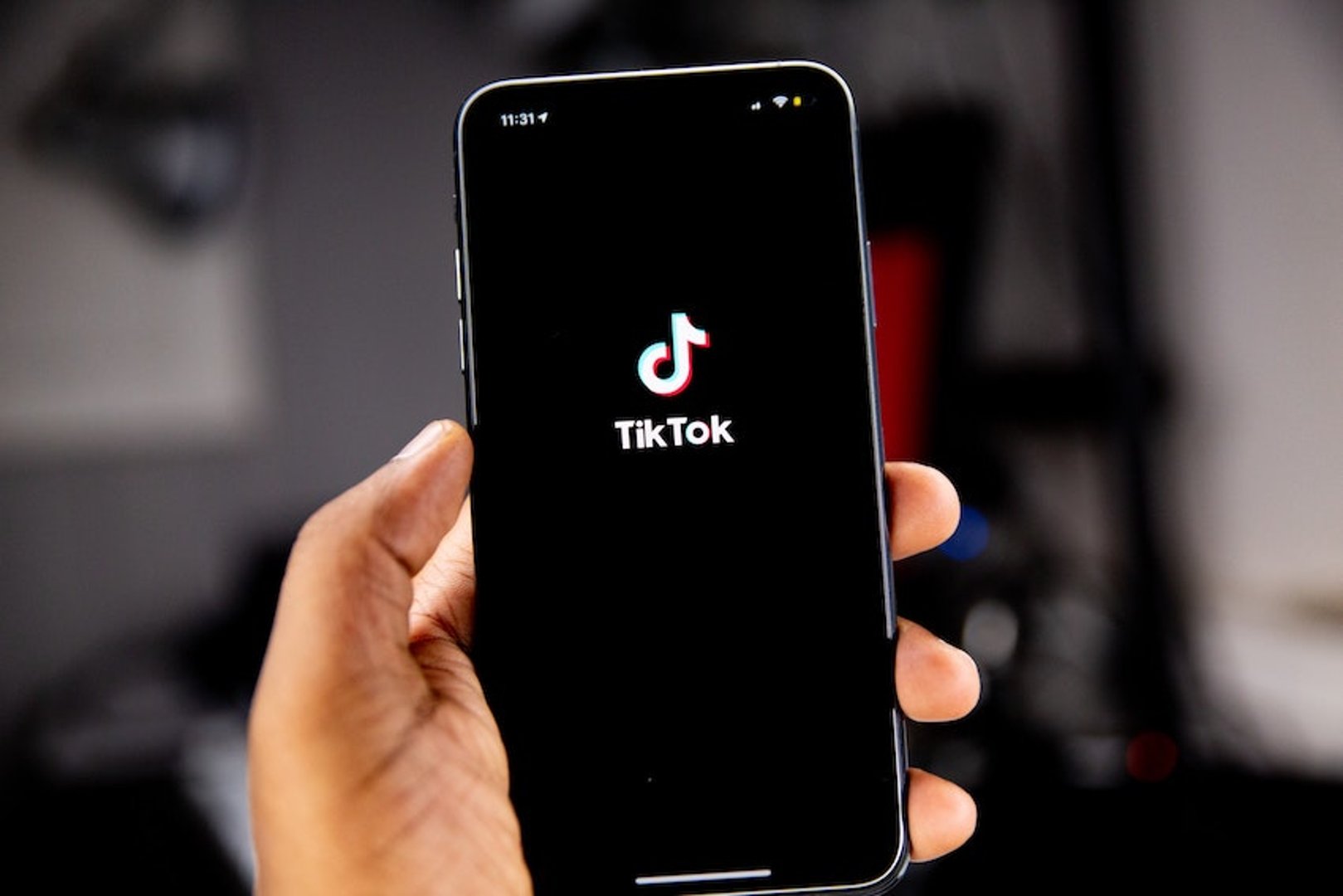How to use lifecycle stages and lead status in HubSpot

Published 2023-02-01
Summary - Lead status and lifecycle stages can be used interchangeably, but they each serve a different purpose. Learn the difference between lifecycle stages and lead status, how to use both, and actionable advice for implementing in your HubSpot instance.
If you're new to HubSpot or focused on leveling up your marketing operations skill set, you’ve probably come across two important terms: lead status and lifecycle stages. These terms can be used interchangeably, but they each serve a different purpose and degree of importance when setting up an efficient HubSpot system.
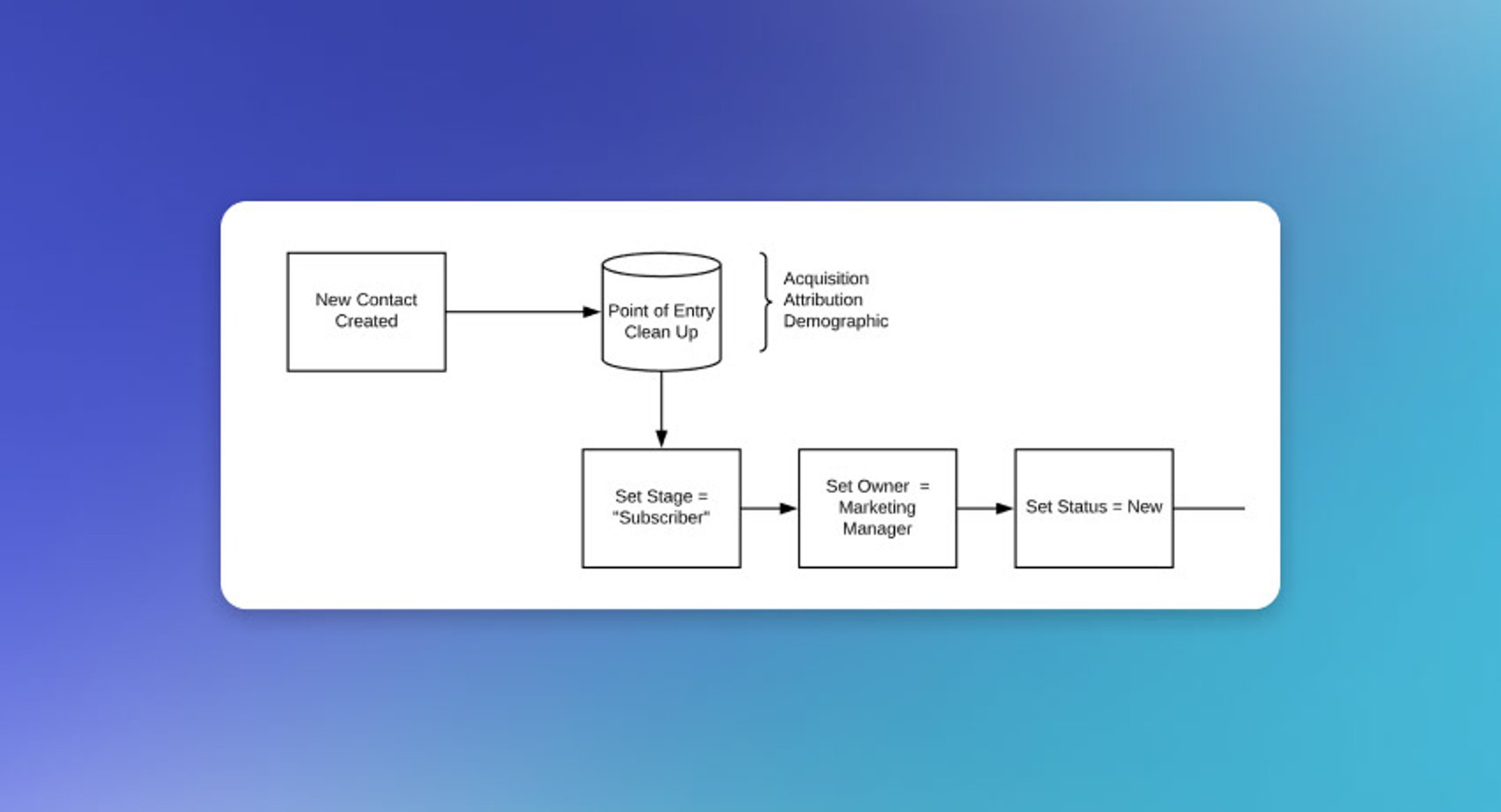
Lifecycle stages and lead status are designed to be used together and changing one property can impact the other. It's a lot to take in if you're just starting out, but it's valuable to have a deeper understanding of how these two concepts work together.
I'd recommend this blog post on deploying lifecycle stages in HubSpot for a deep dive into lifecycle and ensure you're set up for success.
In this post, I'm going to help you understand the difference between lifecycle stages and lead status, how to use both, and then provide actionable advice for implementing in your HubSpot instance.
Lifecycle stages vs lead status – what's the difference?
The difference between lifecycle stages and lead status is:
- Lifecycle stages track the progression of a contact from first touch to purchase
- Lead status signals progression during the handoff between sales and marketing
For example, you've set a contact as a Marketing Qualified Lead (MQL) in their Lifecycle Stage and you've set their Lead Status to Open, and the Contact are now ready to move to the next stage of the funnel.
This is how the two properties work together:
- The lead status has be updated to “Attempting to Contact” to reflect that sales is nurturing the lead
- Once you change the lead status, it will trigger your workflow that will update the Lifecycle Stage to a Sales Qualified Lead (SQL)
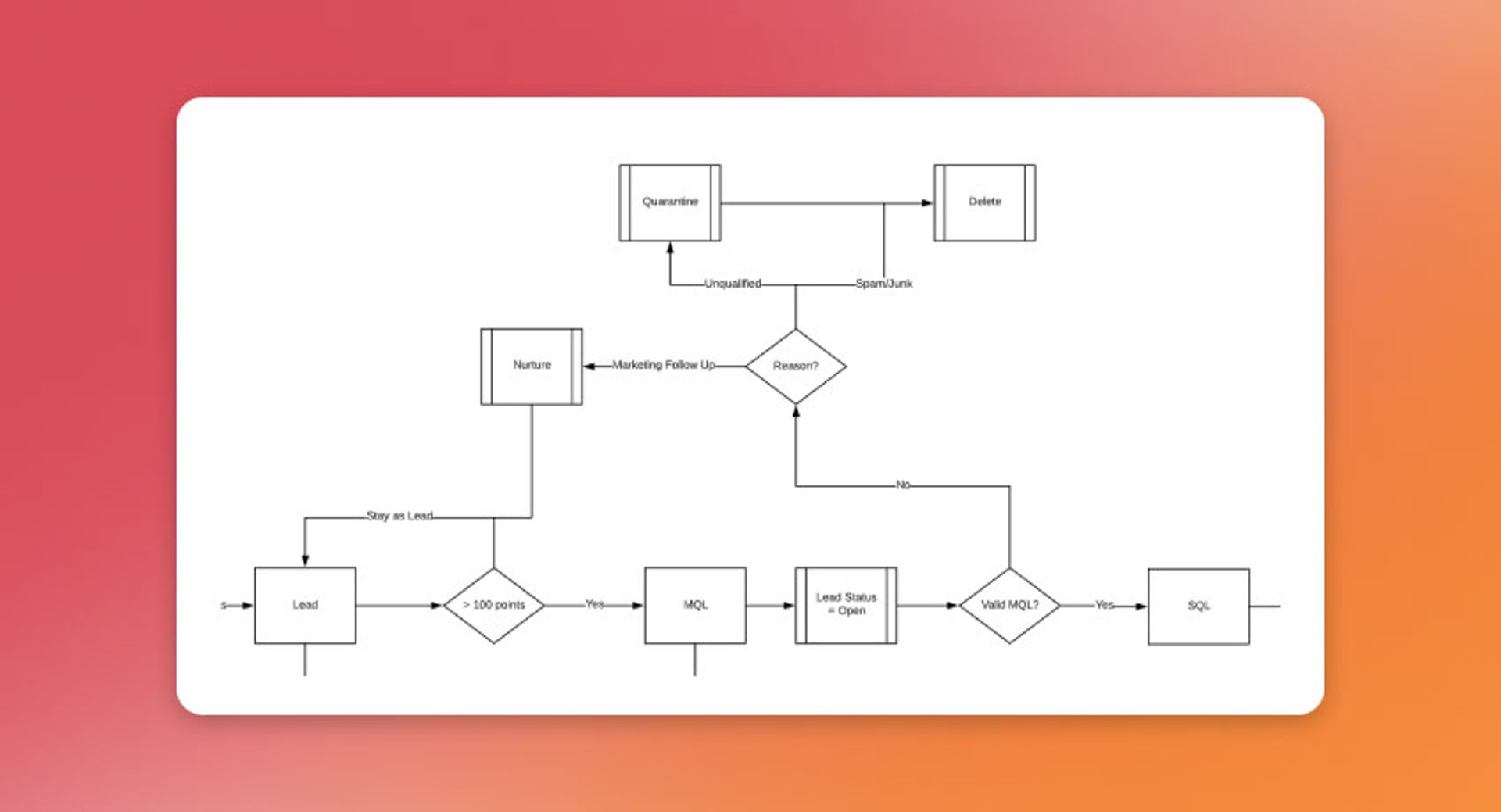
This process is beneficial for three reasons.
First, it's important that sales has a mechanism to quickly signal they are following up with an MQL. Most shops I've worked with have some sort of SLA between sales and marketing on: 1) how many MQLs marketing will generate, and 2) how quickly sales will follow up. Lead status allows for a quick acceptance to the next stage and reinforces collaboration between sales and marketing.
Second, sales will often do a bit of pre-qualification before opening a new pipeline deal. Additional lead statuses are beneficial in this instance. For example, “Attempting to Contact” may change to “Connected” if the prospect replies to an email but the sales team hasn't established BANT (Budget Authority Need Timing). Or, the lead status may be changed to “Unqualified” if the prospect signals they are not interested in your product or service. This will help sales teams prioritize their outreach to engaged contacts.
Third, these statuses almost always require human input which means you can reliably route contacts to appropriate workflows or nurture. A “Bad Timing” prospect may go into a 90 day nurture program or have a task created to follow up at a later date.
Defining lifecycle stages and lead status
Let's take a closer look at the default values for each of these HubSpot properties and how they could be set up. Keep in mind that this is an example – how you define and use these stages is entirely up to you.
Lifecycle stage definitions
I want to provide an example of how you could define lifecycle stages in your HubSpot account. My goal in this table is to provide a simple definition and how the “criteria” for each stage may look in your workflows. The communication owner column is meant to demonstrate how the contact passes through one-to-many communication to one-to-one as they progress through the lifecycle.
An example of lifecycle stage definitions
| Stage | Definition | Criteria | Communication Owner |
| Subscriber | Known lead | Has Email Address = True | Marketing |
| Lead | Engaged lead | Score between 20-99 Filled out high intent form | Marketing |
| MQL | Marketing believes contact is ready for sales contact | Score > 100 | Marketing + Sales |
| SQL | Sales believes the contact is appropriate for outreach/contact | Lead Status = Attempting Contact | Sales |
| Opportunity | Sales can forecast closing probability | Has Associated Deal = True | Sales |
| Customer | Contact has made a purchase | Pipeline = Closed Won | Sales |
| Evangelist | Contact has completed a testimonial | Manually flagged by Account Manager | Sales |
Lead Status Definitions
Similar to the Lifecycle Stage table above, I want to give an example of how lead status can be set up. The “Criteria” column shows how a manual action or a workflow can progress Lead Status. Because there are more manual actions involved in Lead Status, you will see it's a common action to transition the status.
An example of lead status definitions
| Status | Definition | Criteria |
| New | Assigned to all new contacts in system | Create Date is Known |
| Open | Contact is an MQL and open for sales to work | Lifecycle Stage = MQL |
| Attempted to Contact | Contact is accepted as SQL and sales is trying to connect | Lifecycle Stage = MQL Lead Status = Attempted to Contact |
| Connected | Contact has responded to sales | Manual action: Lead Status = Connected |
| In Progress | Contact is having a productive conversation with sales | Manual action: Lead Status = In Progress |
| Bad Timing | Contact has expressed timing isn't right | Manual action: Lead Status = Bad Timing |
| Open Deal | Contact has a deal associated with it | Associated Opportunity = True |
| Customer | Contact is a paying customer | Revenue = Known |
| Unqualified | Contact flagged for removal | Manual Action: Lead Status = Unqualified |
How Lifecycle Stages and Lead Status work together
At a macro level, you need to define transition points for each stage in your lifecycle. How does a Lead become an MQL? How does an MQL become an SQL? How does an Opportunity get recognized as a Customer? These transitions require some sort of mechanism. Here's how I typically approach setting up lifecycle stage transitions.
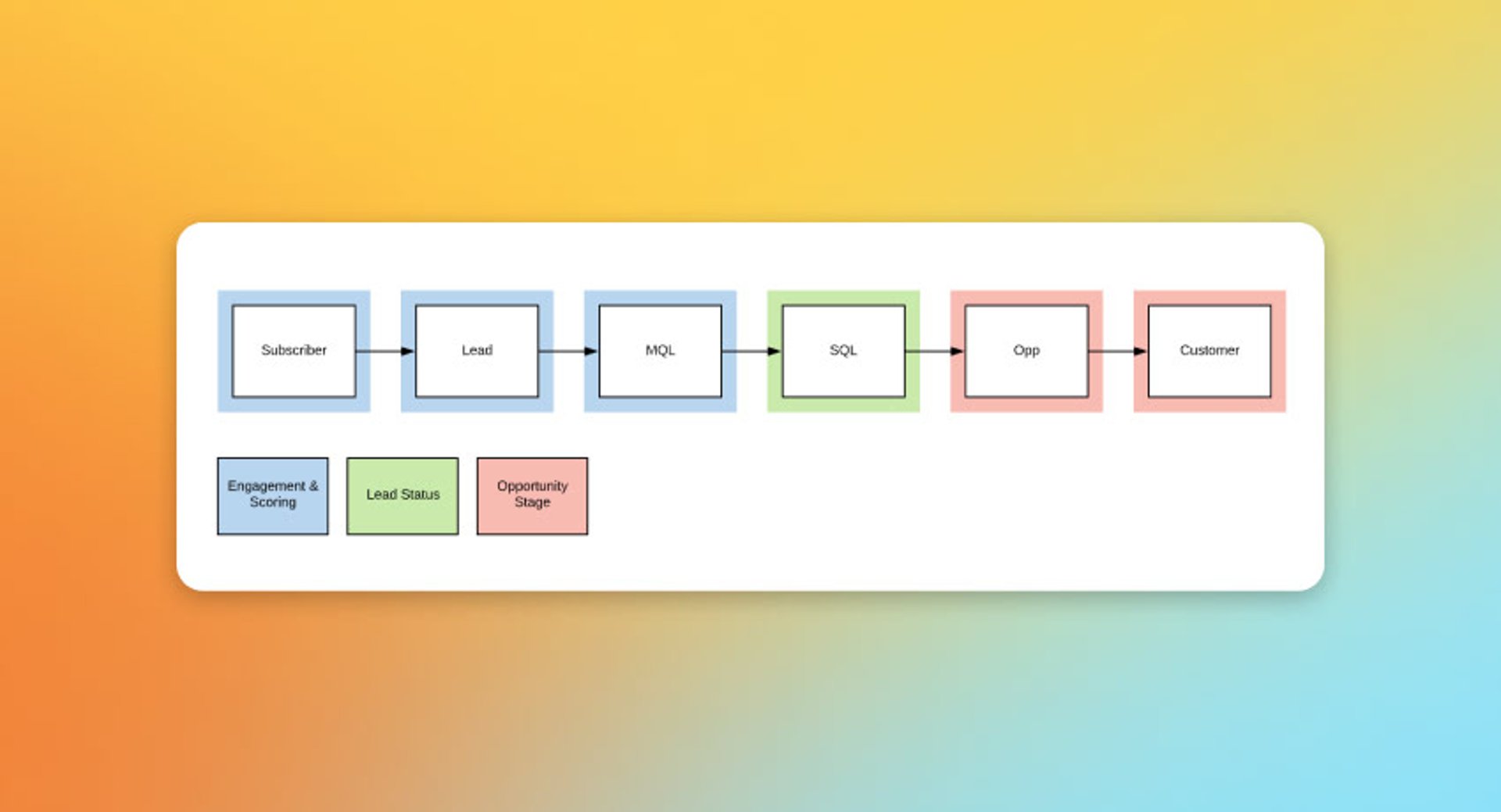
There are 3 major mechanisms for progressing leads throughout the lifecycle.
- Subscriber to MQL stage: use engagement and scoring (check out this post on MQL models)
- SQL stage: use lead status
- Opportunity stage: use the sales pipeline
One nuance and point of confusion for this model is that most marketing ops folks will update lead status to reflect each lifecycle stage. For example, Subscribers may get a status of “New” and Customers may get a status of “Customer”. Nevertheless, the substance of lead status is in transitioning and managing contacts at the SQL stage. It's a helpful indicator of pre-opportunity status qualification and helps route contacts who aren't ready for a deal in the sales pipeline.
Customizing Lifecycle Stage and Lead Status
If you're familiar with HubSpot, you will already know you can't modify the default Lifecycle Stage property or any of the stages. That doesn't preclude you from creating a custom property and using your own workflows to manage your custom stages. This approach is fine, and likely more familiar to you if you come from Marketo or other marketing automation platforms.
However, I typically recommend that you don't color outside the lines on this one. At least, wait until you've outgrown the default stages and have a strong justification for going the custom route. HubSpot offers some automated support for progressing stages automatically (such as the Opportunity stage when an associated deal is created) or timestamping for each lifecycle stage. HubSpot also provides some out of the box reporting for the lifecycle which is useful and easy to maintain without any additional setup on your part.
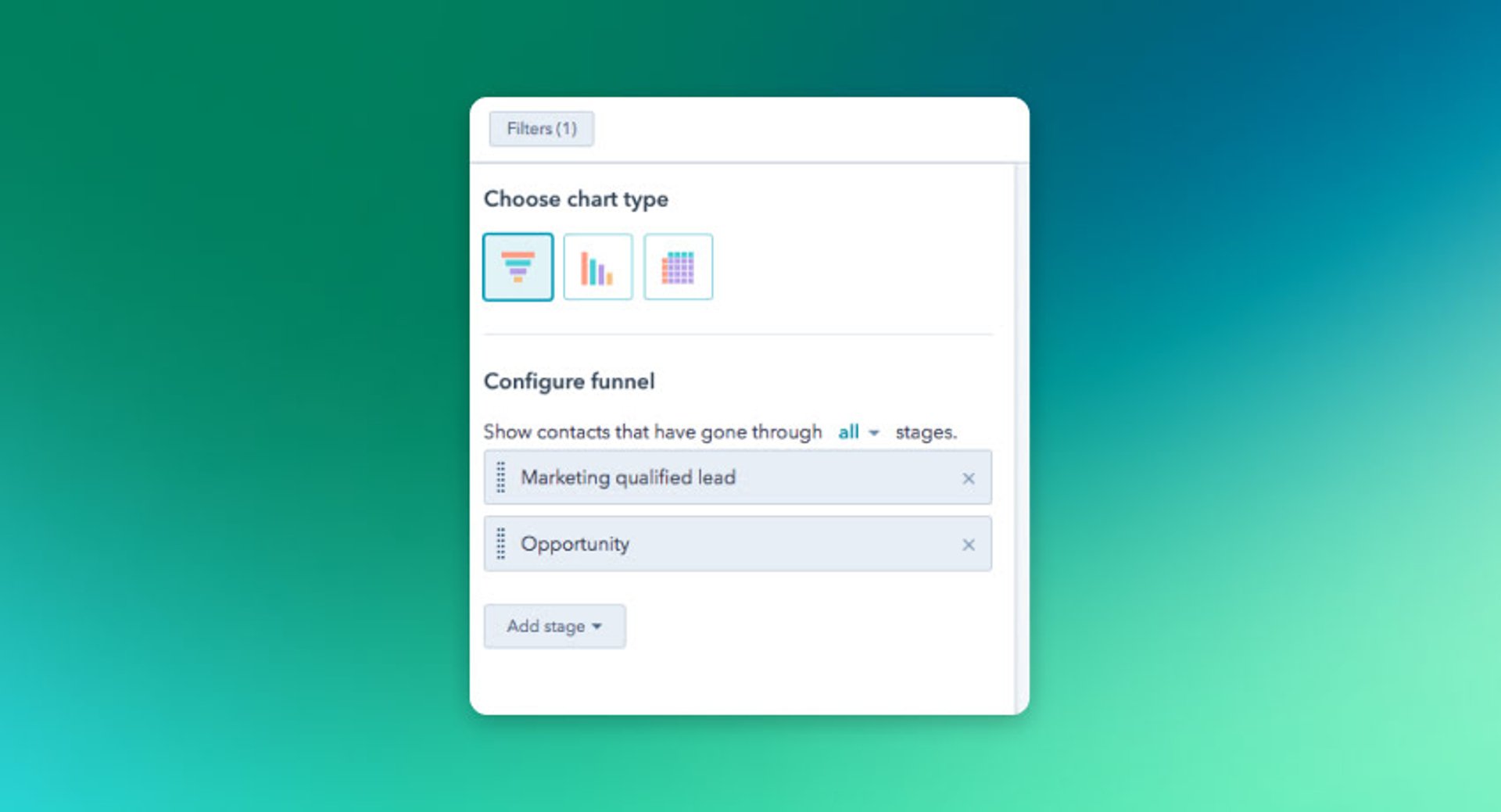
The same doesn't hold true for Lead Status: you can edit and modify it to make sense for your business. This sometimes is as simple as updating nomenclature to better fit with your brand or sales process. For example, swapping “Attempting to Contact” to “Engaging.”
One of the most common customizations is to add a “Nurture” status which gives sales an opportunity to send a prospect back to marketing for additional qualification. It can be quite powerful for maintaining a continuous stream of communication instead of setting “Unqualified” en-masse as the default sales behavior.
The most common mistake I see with customizing Lead Status is adding too many fields and options. For the most part, lead status is set manually by a salesperson. A plethora of fields means busy salespeople will select the value that they are most familiar with, while ignoring the other options and the associated workflows they might trigger.
Using Lifecycle Stages and Lead Status
These two properties are powerful features in HubSpot but they both require training and understanding to be used effectively. Your entire team needs to agree on the definitions for each property and their values. It's worth going the extra mile to develop lead statuses that make sense for your sales team and support logical processes.
When setting up workflows for each of these properties, keep in mind the practical steps you will take as a result of a transition. There should be a logical reason for setting up each status or stage, and the litmus test for that is a clear next step.
Related Articles

17 KPIs Every Data-Driven Manager Needs to Lead Their Team
By Danielle Poleski — October 14th, 2025
12 Important Sales Enablement Metrics You Shouldn't Miss
By Grace Lau — September 19th, 2025
What is Product-Led Growth?
By Emily Hayward — May 12th, 2025